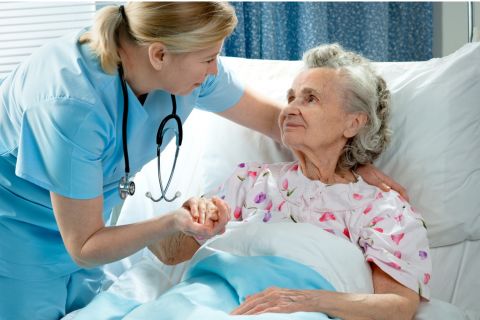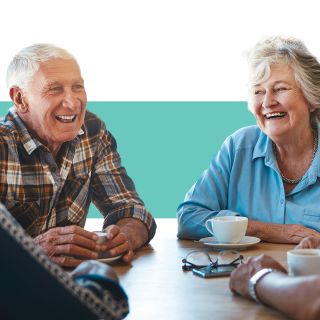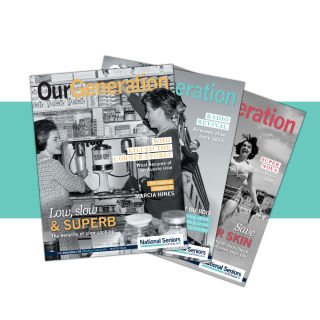How to beat the heat
Forecasters say we’re headed for a record-breaking summer. Here’s what you need to know to keep cool.

Australians have sweated through an unseasonably hot October, with temperatures soaring up to 45°C in parts of Queensland, South Australia, and the Northern Territory.
The Bureau of Meteorology issued heatwave warnings across many states, and health authorities have expressed concerns for vulnerable groups such as seniors.
Older Australians are particularly at risk during extreme heat due to age-related changes in body temperature regulation, chronic health conditions, and certain medications that can increase dehydration.
National Seniors Australia member Trish Karvelis participated in the ETHOS project, conducted by Griffith University, where she trialled a heat health early warning system.
“After having temperatures around my house recorded, and being given warnings and strategies to cool down via tablet placed in my kitchen, I noticed a very positive impact on my life and health.
“Prior to that, I had been admitted to ED or CCU several times with a cardiac arrhythmia, which I finally realised was heat-related,” Trish says.
“One of the things which shocked me is that the number of heat-related deaths aren't commonly reported or known in our community. Yet, the figures for deaths in motor vehicle accidents, and even in one-off disasters like bushfires and floods, are reported in the media. But how often are we told about the number of seniors admitted to hospital with heat stress?”
Here are some essential tips to help seniors stay safe and comfortable during the heatwave:
1. Hydration is key
Drink water regularly, even if you don’t feel thirsty. Aim for at least seven cups of fluids daily. Avoid alcohol, caffeine, and sugary drinks, which can contribute to dehydration. Infuse water with fruit or herbs for a refreshing twist, or consider water-rich foods such as watermelon, cucumber, and oranges.
2. Keep your environment cool
Use air conditioning or fans to maintain a comfortable indoor temperature. Close curtains during the hottest part of the day to block out heat. If air conditioning isn’t available, take cool showers, use damp cloths on your skin, or sit with your feet in cool water.
3. Dress for the weather
Wear lightweight, loose-fitting, and light-coloured clothing. Cotton and linen are ideal fabrics. When outdoors, protect yourself with a wide-brimmed hat, sunglasses, and SPF 30+ sunscreen.
4. Plan activities wisely
Avoid going out during peak heat hours (10am to 4pm). Schedule errands or appointments in the early morning or evening. Visit air-conditioned public spaces such as libraries or shopping centres when possible.
5. Know the warning signs
Watch for symptoms of heat-related illness, including dizziness, nausea, confusion, rapid heartbeat, or excessive sweating. Seek medical attention immediately if these occur.
As Australia braces for a potentially record-breaking summer, preparation and awareness are vital.
You should take proactive steps to stay cool, hydrated, and safe. Small changes can make a big difference in preventing heat-related health issues.
Related reading: BOM Heatwave Service, Right at Home, Health Direct, ETHOS project














